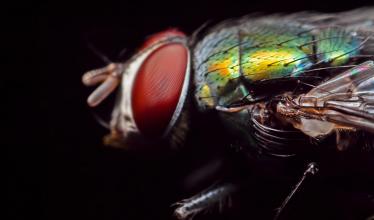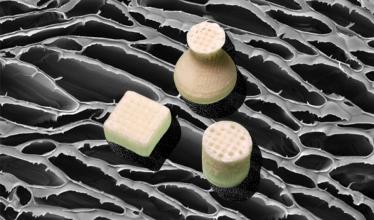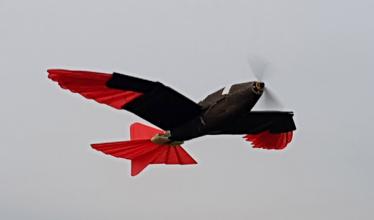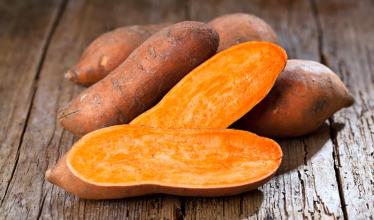Technology
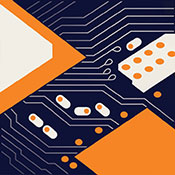 Innovations that shape our world
Innovations that shape our world
Since early humans first tended fires and sharpened spears, we’ve sought to apply our knowledge to shape the natural world to suit our needs. Here we chronicle the promise and pitfalls of this basic human drive in all its present day manifestations – from robots and AI to nanotechnology and materials to devices, transportation, engineering and manmade disasters.
Miniature aircraft, powered by light, might offer new ways to explore the atmosphere of Earth -- or other planets.
The microscopic lens bends light to quicken data transfer in computers.
By collecting blowflies and analyzing their gut contents, researchers hope to peek at sites that are difficult or dangerous to access.
Scientists find that aerogels may make effective, ultralightweight noise barriers.
Researchers use infrared light and sophisticated statistics to recognize origin of blood left at possible crime scenes.
New single-pixel device borrows materials from solar cells to replicate the behavior of a biological retina as part of its fundamental design.
Haptic training could help expert musicians and top athletes break through their performance ceilings.
Scientists can identify plants by the light they reflect.
A recent experiment has created a one-way quantum network between two labs, reaching a milestone on the path to creating a quantum internet.
Researchers say the morphing wings and tail of their robotic flyer allow it to soar at low speeds and make sharp maneuvers.
Researchers converted a plastic bag and bottle cap into a type of chemical used in pharmaceuticals, detergents, paints and other products.
Samuel Acheampong is using the Nobel Prize-recognized technique to tweak the genes of traditional Ghanaian crops.



